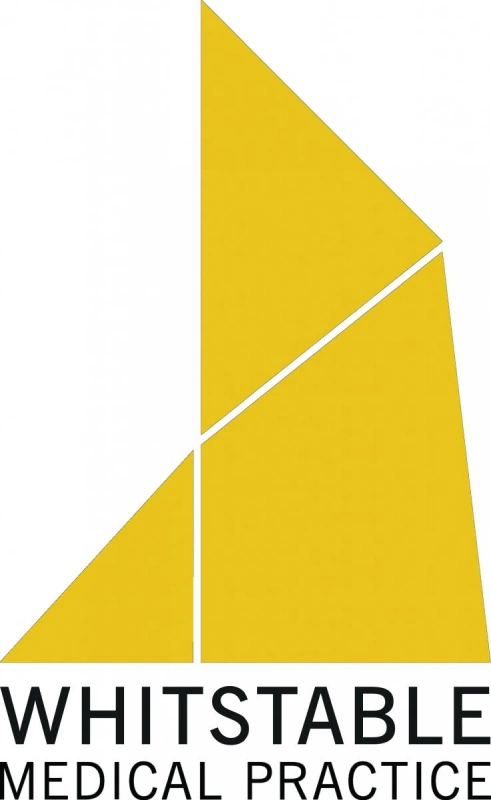We use cookies to help provide you with the best possible online experience.
By using this site, you agree that we may store and access cookies on your device. Cookie policy.
Cookie settings.
Functional Cookies
Functional Cookies are enabled by default at all times so that we can save your preferences for cookie settings and ensure site works and delivers best experience.
3rd Party Cookies
This website uses Google Analytics to collect anonymous information such as the number of visitors to the site, and the most popular pages.
Keeping this cookie enabled helps us to improve our website.
Whitstable Medical Practice offers a Wet AMD Clinic which is accessible to any patient registered within East Kent.
This clinic is for those patients who have already been diagnosed with Wet AMD and referred to us for ongoing management following diagnosis within the hospital.
What is WET AMD?
Age-related macular degeneration (AMD) is the leading cause of vision loss in people aged 50 years or older. It is a painless eye condition that causes you to lose central vision, usually in both eyes. It involves damage to the part of the eye called the macula. The macula is a small, but extremely important area located at the centre of the retina, the light-sensing tissue that lines the back of the eye.
The macula is responsible for seeing fine details, both close up and at a distance. This affects only the central vision, as the side vision, or peripheral, usually remains normal. Central vision is what you see when you focus straight ahead. In AMD, this vision becomes increasingly blurred, which means:
- Reading becomes difficult
- Colours appear less vibrant
- People’s faces are difficult to recognise
Macular degeneration develops when the macula is unable to function as effectively as it used to. There are two main types – Dry AMD and Wet AMD. Wet AMD - sometimes called neovascular AMD - develops when abnormal blood vessels form underneath the macula and damage its cells. These vessels leak blood and fluid, which damage the macula with severe, permanent loss of central vision.
Wet AMD is more serious than Dry AMD. Without treatment, vision can deteriorate within days.
In Which Common Conditions Might This Occur?
- Wet age-related macular degeneration
- Myopic choroidal neovascularization
- Diabetic macular oedema
- Retinal vein occlusion
- Any other retinal conditions that causes fluid to leak under the retina
Reducing your Risk
It's not always possible to prevent macular degeneration because it's not clear exactly what triggers the processes that cause the condition. Your risk of developing AMD is closely linked to your age and whether you have a family history of the condition. However, you may be able to reduce your risk of developing AMD, or help prevent it getting worse, by:
- Stop smoking if you smoke
- Eating a healthy, balanced diet that includes plenty of fruit and vegetables
- Moderating your consumption of alcohol
- Trying to achieve or maintain a healthy weight
- Wearing UV-absorbing glasses when outside for long period
What Happens In the WET AMD Clinic?
This involves a series of injections of anti-VEGF medicines into your eye to stop these blood vessels growing and help control the leakage which cause loss of central vision. This treatment is highly effective in preventing further central vision loss in up to 90% of cases. The stages of your appointment/procedure is detailed below:
- Check in with one of our Patient Coordinators.
- Visual Acuity Checks – this consists of checking your sight using a Snellen chart which is similar to the checks that your optician does. Eye drops will also be administered.
- Optical Coherence Tomography (OCT) – the Technician will take non-invasive imaging tests to look at each of the retina’s distinctive layers.
- Consultation – the Consultant will review your history and eye checks to determine if you need to have an injection now or at another date. If you require an injection, the consultant will inject your eye(s) during this consultation.
- Book your follow-up appointment with a Patient Coordinator before you leave.
Preparations before the Procedure
- You may eat and drink normally
- You should take your usual medications
- Please do not wear make-up
- Please remember to bring any inhalers for asthma or GTN sprays/inhalers for angina
- If you wear glasses, please bring these to your appointment
- After your treatment, your vision may be blurry so you should not drive home. Please arrange to have a friend or family member to take you home from your appointment, or arrange another way to get home.
How is the treatment given?
The drug is injected into your eye with a fine needle. This treatment works by shrinking and sealing up the leaking blood vessels. The injections can help to stop your eyesight from becoming worse, and may improve some of the symptoms you have. Minimal discomfort is to be expected. The procedure takes five to seven minutes; the injection itself is over in less than 20 seconds. The injection is given with you lying down comfortably on the couch. Local anaesthetic drops are applied to numb your eye and minimise discomfort, this will also dilate your pupils.
Your face and area around your eye will be cleaned and your face will be covered in a special drape. A small clip (speculum) will be used to keep the eye open. The injection site is marked with callipers and your eye is stabilised with forceps or a cotton bud. A few seconds later, the injection is given. The injecting clinician will apply an antibiotic/steroid cream after your injection to prevent infection and to sooth the eye.
What Happens after the Treatment?
You will be asked to put on your normal glasses. The Consultant will advise you to wear your glasses or shield the eyes for a couple of hours, so to avoid any dust or grit accidently getting into your eye when it is still numb. You might need to have your eye pressure taken before you leave the surgery.
Due to your pupils being dilated from the eye drops, you WILL NOT be able to drive after your appointment.
The white area of the eye, where the injection is given, will likely be red. This redness is normal and it will go away in a few days. You may also see a few spots or floaters in your vision, these are normal and should also go away in a few days. Patients will need to be reviewed at regular intervals. The Consultant will decide when you require your next injection; this will depend on your eyesight and the results of other tests on your eye.
Need to Cancel your Appointment?
During treatment, it is important to keep all your appointments so that your treatment is given every opportunity to work as effectively as possible. However, if for any reason you cannot attend an appointment, please contact the Clinical Services Patient Coordinator team as soon as possible to arrange a new appointment on 01227 284314 or 01227 284315.
Clinic Location
Estuary View Medical Centre
Boorman Way
Whitstable
Kent
CT5 3SE



